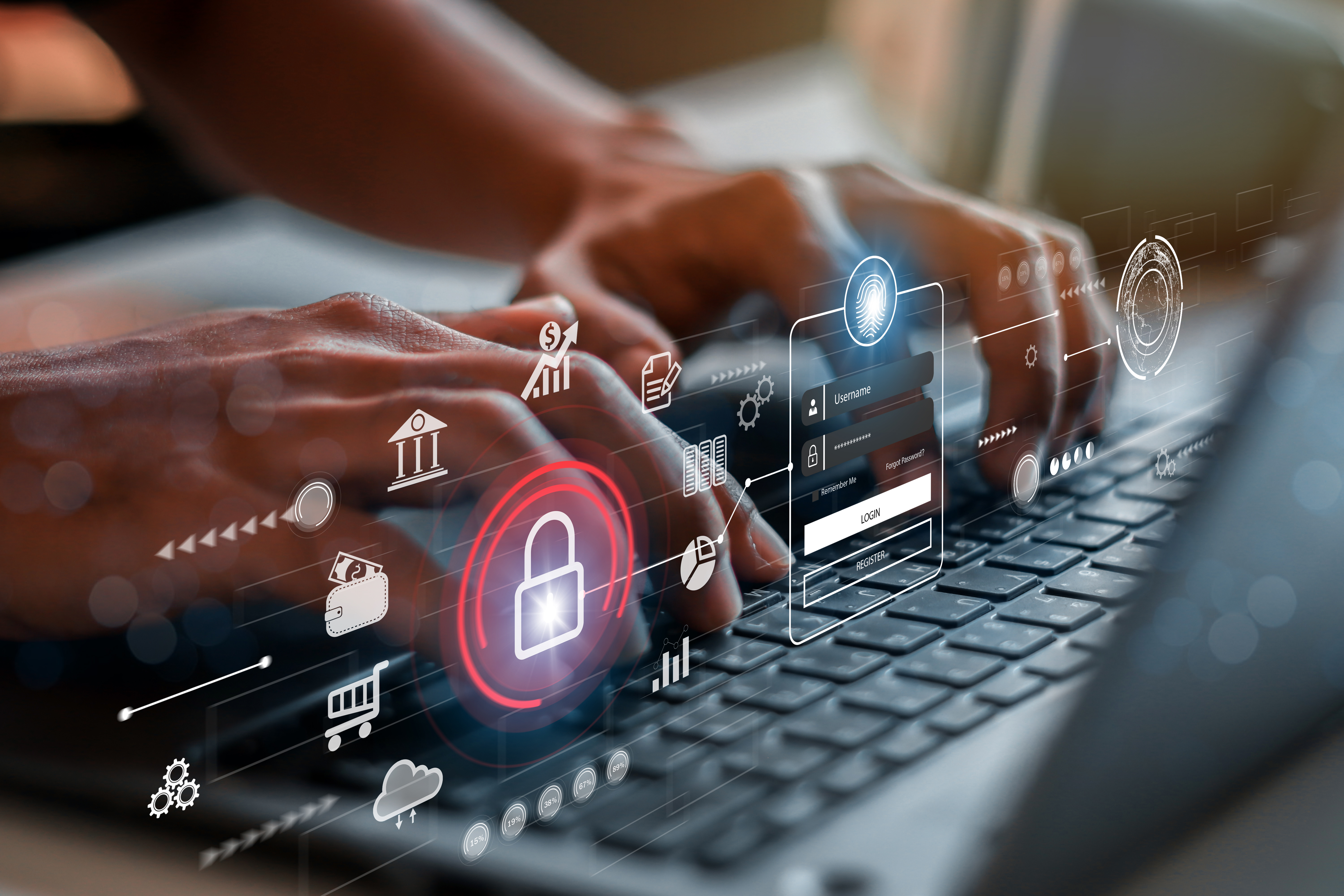
While incidents like school shootings tend to draw a great deal of media attention, safety in schools today must address many more common day-to-day situations. Student-on-student bullying or violence, theft of physical or intellectual property, and appropriate reporting systems for potential abuse situations are just a few of the concerns that teachers and administrators face.
Fortunately, many technological solutions can help schools address these safety challenges more efficiently and effectively than ever. Here are a few solutions and systems to put on your 2024 wish list to help ensure that your school can achieve its mission safely in the new year.
Before jumping into ideas and potential lesson plans, it’s important to understand that educators are permitted under the First Amendment to teach about religious holidays but not allowed to celebrate specific religious holidays.
Multi-Layered Approach Provides Comprehensive Protection
According to Dr. David Mussington, executive assistant director of The Cybersecurity and Infrastructure Security Agency (CISA), “taking a systems-based approach to school physical security planning can help schools create safe and secure learning environments – without requiring school staff to become security experts or compromising the broader educational mission.”
CISA has published a step-by-step K-12 School Security Guide designed to give schools “actionable, practical, and cost-efficient resources and tools that enhance their safety and security postures.” This guide helps schools make sure that all their security measures work in an integrated, connected way.
The Physical Campus
One key component of school safety is securing the physical campus, including the parking lot areas, practice fields, and general outdoor campus space as well as all the interior areas of the school building itself. Both surveillance systems and access control systems play a key role in securing the physical campus.
Smart video systems
According to Security Management, video surveillance technology has improved dramatically in recent years, with developments in facial recognition and artificial intelligence. In addition, machine learning technology can analyze both audio and video activities and send alerts to school or local police authorities in the case of suspicious activities.
As a result, school security staff can obtain real-time activity on who is accessing the building, as well as unusual activities in classrooms, hallways, common spaces, and parking lots. Video surveillance systems are no longer only a deterrent or a recording of past activity, but now serve as intelligent, watchful “eyes” that can prompt action before threats materialize into damage, injury, or death.
Sophisticated access control
Conventional lock-and-key systems or even more modern electronic keypads are being replaced by sophisticated access control systems that use biometrics, smart cards, and electronic locks. These systems can ensure that only authorized individuals have access to specific areas of the school premises, thereby minimizing the risk of unauthorized entry and potential security breaches.
Depending on the seniority level or job tasks of an individual, these access control systems can be customized to allow only needed access to all teachers, staff, student leaders, and visitors.
Communication Systems
A second key area of school security revolves around communications protocols and technology. Being able to quickly communicate with staff, administrators, first responders, or others in the case of an emergency or having well-known reporting processes in place for daily instances of concern is critical.
Emergency communication apps
Many apps facilitate seamless communication between school administrators, teachers, and emergency responders by quickly disseminating critical information, such as lockdown procedures or evacuation plans. This can ensure an efficient and coordinated response to any threat.
Anonymous reporting tools
Along the same lines, creating a safe school environment means providing students with a platform to report concerns without fear of retaliation. Anonymous reporting apps empower students to share information about potential threats, bullying, or other safety concerns.
The Digital Campus
In our increasingly digital world, schools need to think outside the physical environment when it comes to safety as well. Not only do administrators and teachers need to be concerned with the online safety of their students, but they should be aware of cybersecurity data and privacy breaches as well as how they can educate their students about the broader cyber dangers.
Data loss and ransomware
An article published in EdTech Magazine reported that both ransomware attacks as well as data breaches in school systems were the largest cyberthreats going into 2024.
“As the increase in cyberattacks against educational systems persists, it jeopardizes students’ safety,” the article said. “Data loss can shut down a district or tarnish a school’s reputation, underscoring the importance of investing time, resources and energy into fortifying data defenses and protection measures against attacks before it’s too late.” While some districts have the resources to employ IT staff, others may rely on third-party companies to provide basic cybersecurity protections.
Digital threat alerts
Technology enables schools to conduct digital threat assessments by analyzing online activities and social media to identify potential risks. Machine learning algorithms can flag concerning patterns or keywords, allowing teachers or administrators to intervene before a situation escalates and becomes problematic.
Cybersecurity education
Teachers now have an additional responsibility to incorporate cybersecurity education into their curricula to teach students about online safety, responsible internet use, and the potential risks associated with technology. This proactive approach helps students navigate the digital landscape securely, whether at school or at home.
Conclusion
As technology continues to evolve, its role in ensuring school safety becomes increasingly vital. Having a systems-based focus as well as the integration of smart surveillance systems, access control technologies, emergency communication apps, and other innovations can collectively contribute to creating a secure learning environment. By embracing these solutions and systems, educational institutions can empower their communities to focus on academic growth, knowing that robust technological solutions are in place to safeguard the well-being of students and staff.


